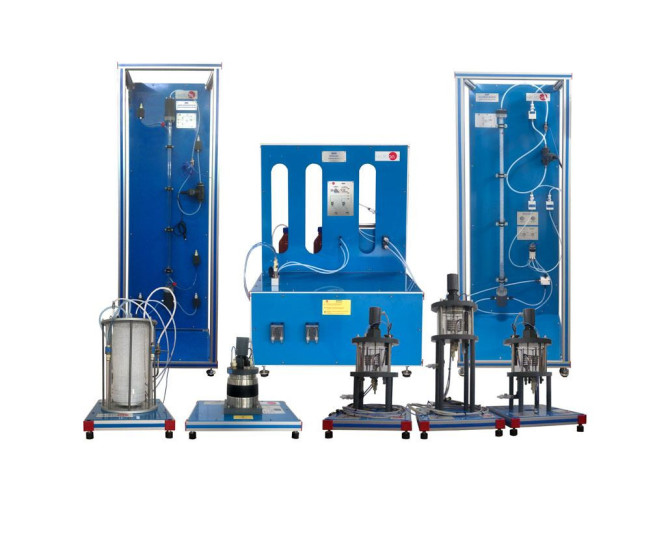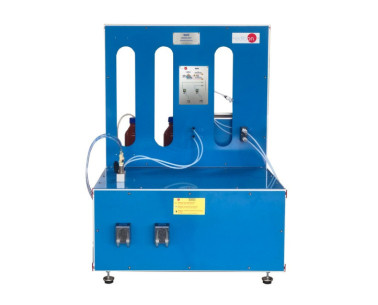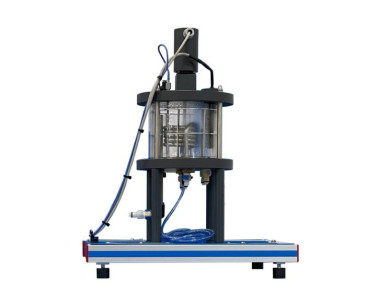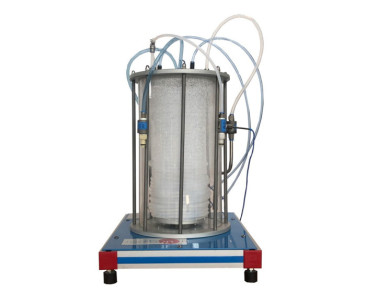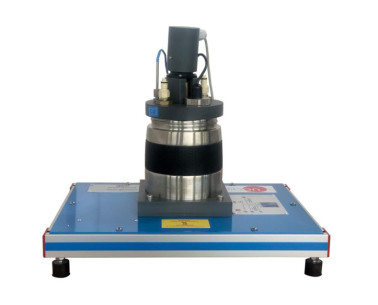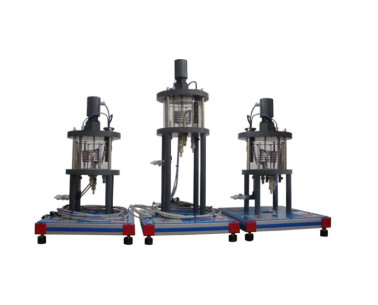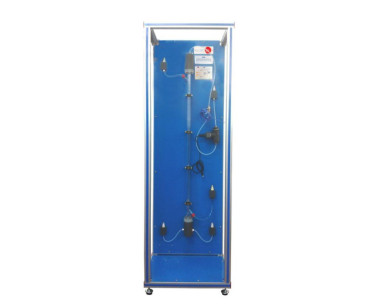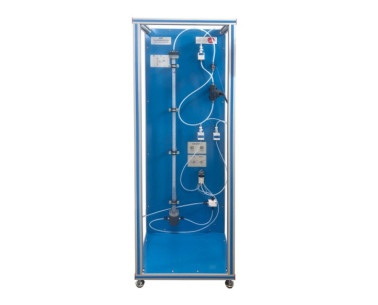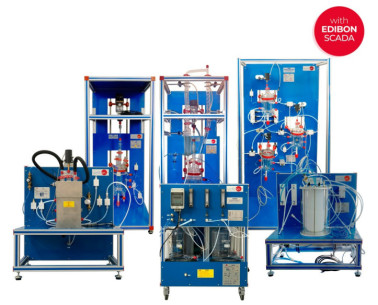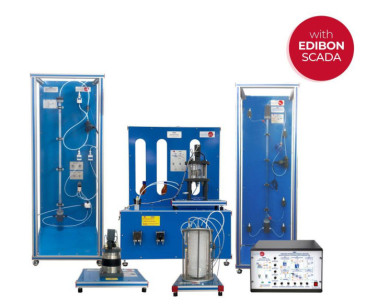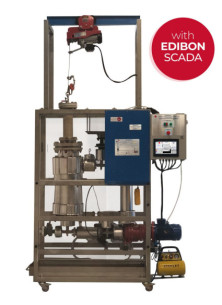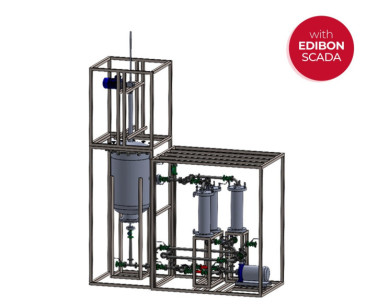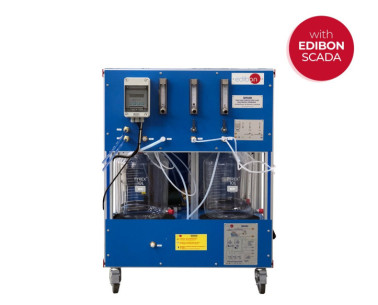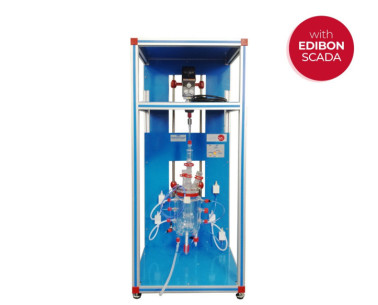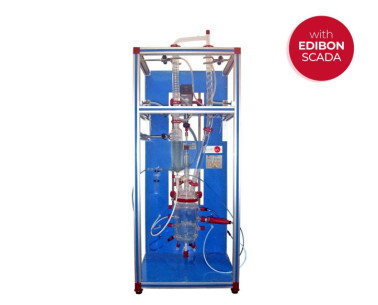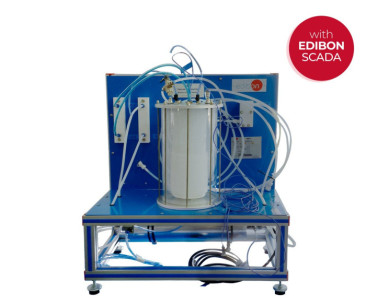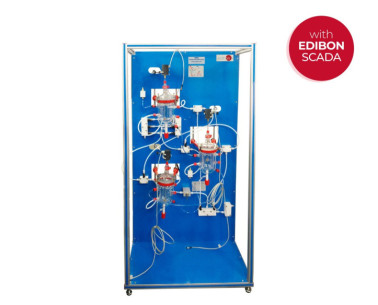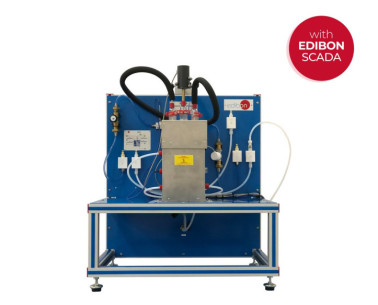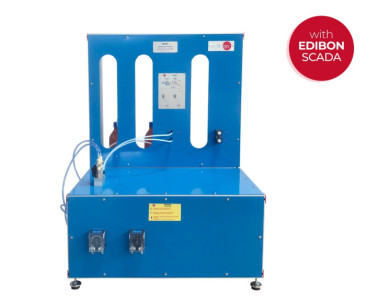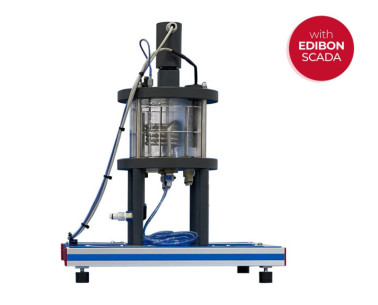The Chemical Reactors, "QR", has been designed by EDIBON for the study and comparison of different types of chemical reactors in an easy and simple way and thus allowing, on a small scale, to carry out the necessary studies and practices to understand the operation of the reactors.
These reactors allow for the comparison of different types of chemical reactors, and with each type of reactor, the study of the influence of reaction temperature and residence time is enabled, thanks to the thermostatic bath, two 1 l tanks, and two regulation pumps of up to 3 l/min included in the supply.
The Service Unit for QR, "QUS", provides the necessary elements for the operation of the different reactors. It performs the following functions:
- Reagent supply: consisting of two 1 liter pyrex containers each located at the back, two dosing pumps and all the necessary connections.
- Temperature control: consisting of a thermostatic bath and an impulsion pump.
- Quick and easy to perform reactor exchange and positioning system.
- This unit allows feeding reagents and temperature control of reactors with a volume up to 1.5 l.
 Cookies首选项
Cookies首选项

